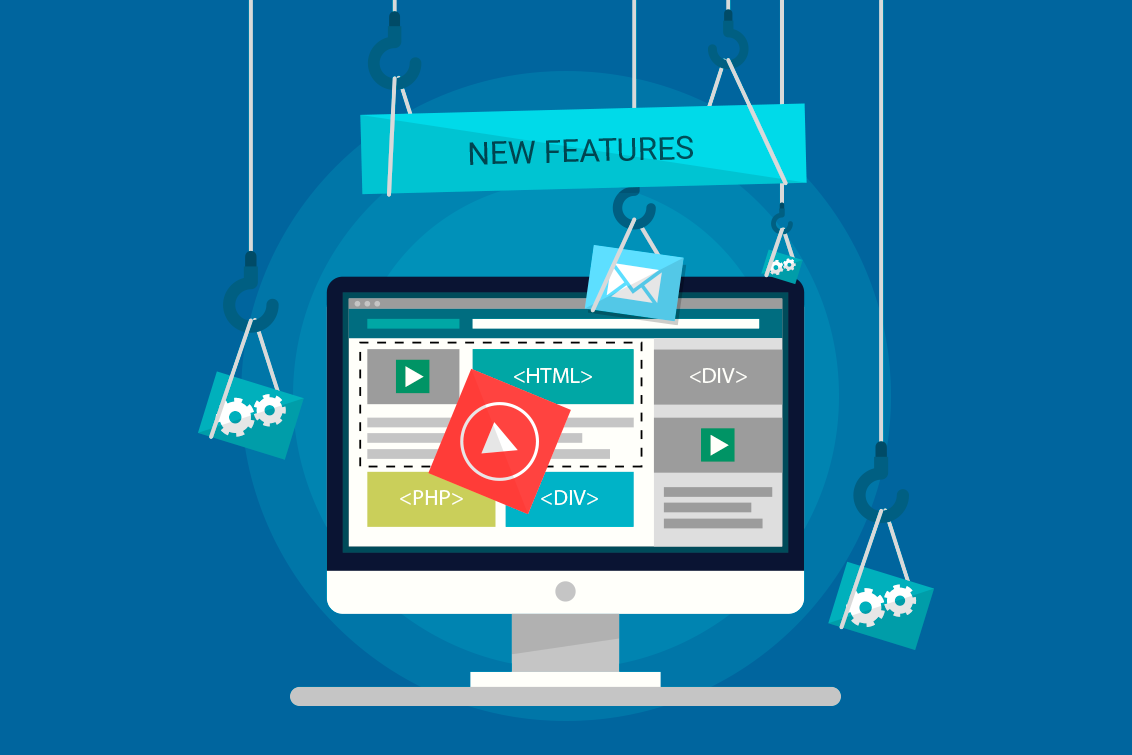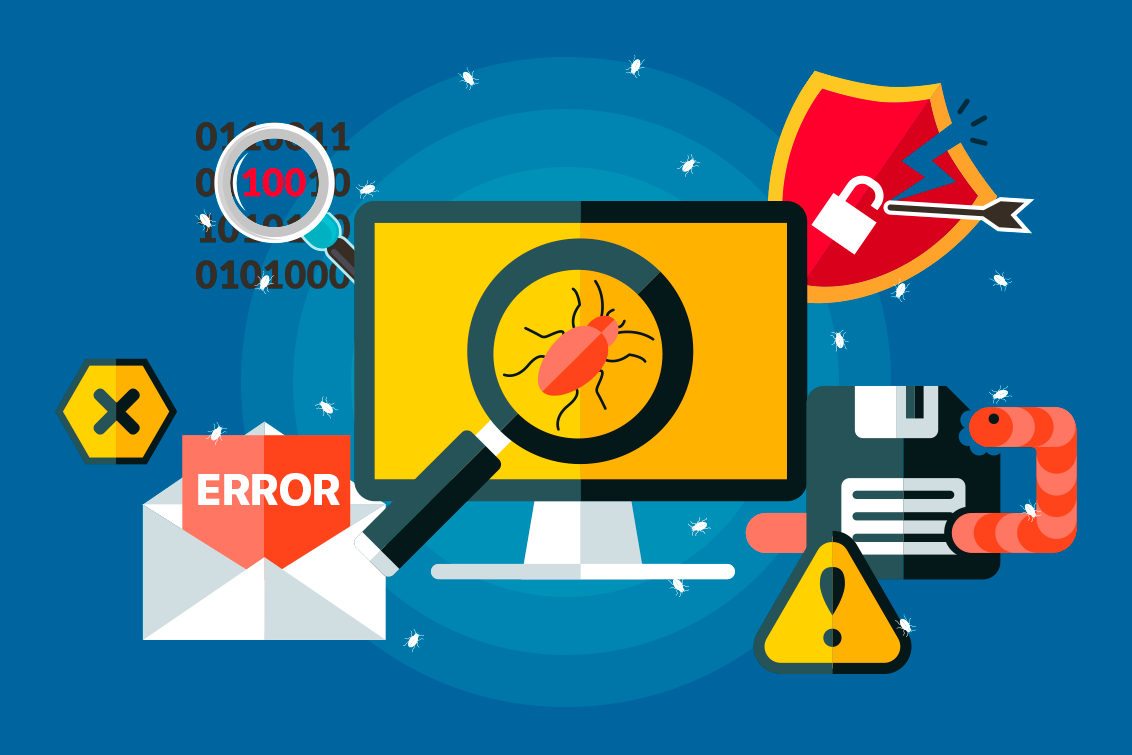Information technology has long become an integral part of our lives, and making them accessible to as many people as possible is simply necessary.
Accessibility, which we are talking about, refers to the implementation of functions that allow you to optimize the site, application or operating system for people with disabilities and not only.

Where there is development, there is testing. We met with QA department employee
Boris Kotov to learn more about Accessibility testing.
The article contains links to external materials.
-
What is accessibility testing?- Accessibility testing is testing the application for compliance with the recommendations of the W3C document, namely the provision of
Web Content Accessibility Guidelines (WCAG) 2.1 . With Accessibility testing, specialists check how an application is accessible to people with disabilities.
- Why do you think the sites need to be adapted?- As a rule, they adapt applications that are often used by a wide range of people, including people with disabilities. In addition to expanding the circle of users of the application, many companies see this as a good marketing move, saying: “We want to make our application as accessible as possible for all people.” And it catches everyone, gives a certain trust to the application, developers and the company.
- For what limited features does the platform really adapt?-
Accessibility is, first of all, accessibility. I believe that this often helps not only people with disabilities, but everyone else under certain circumstances. In a noisy environment, for example, or vice versa, if you cannot make noise when there are no headphones at hand, you can watch a video with subtitles. Or vice versa: when there is no way to read something, you can listen to it.
Most often, applications are adapted for users with hearing or visual impairment, and less often for people who are unable to use a keyboard or other manual input device.
 - What functionality should be added to the site / application for this?
- What functionality should be added to the site / application for this?- All this should be taken into account when developing, and even earlier, when drawing up requirements. Basically, all these features that help to adapt are hidden in tags and attributes, in page layout, in layout. Videos in such applications must necessarily support subtitles. Also, developers and designers should take into account that for people with visual impairments, certain sizes, fonts, and contrasting colors should be used.
There are additional programs and extensions for browsers that help people view pages, somehow perceive information, visually or by ear. It is in our power to make users navigate through the necessary elements of the pages. You can remove some long and complex words, make them shorter and more understandable, important pictures can be accompanied by signatures, which can be voiced using a screen reader. Usually they are already included in the firmware of the device: on iOS it is
VoiceOver , on Android it is in the “
Accessibility ” tab, which can be found in the settings, and on Windows you can install
NVDA .
Also, the page may contain design elements that do not participate in its direct management and do not affect the content in any way - something that people, in fact, do not need. Such elements are desirable to hide. It is in our power to make these tools focus on what is needed.
- What are some well-known companies that have already adapted their applications for people with disabilities? What exactly did they do?- Of the examples, the first thing that comes to mind is Yandex. Recently read their
article on a habr , it is very interesting, I advise to look. It was released a long time ago, but it very abundantly describes how they introduced accessibility recommendations into development and support. And so, in my opinion, as in the case of the project that I am currently working on, most likely, all the examples are somehow tied to medicine. Suppose in our application you can call a doctor at home, or find the nearest suitable clinic and make an appointment in a couple of clicks.
- Do people with disabilities need to be involved in the adaptation process?- I believe that this is not necessary. In fact, any person can “limit” some of his ability. Mute or use the application with your eyes closed, try voice input. Perhaps this would be useful only in the final testing - alpha or beta - when it is supposed to work with focus groups.
 - Tell us about the process and the main distinguishing features of accessibility testing? What special tools do you use for such testing?
- Tell us about the process and the main distinguishing features of accessibility testing? What special tools do you use for such testing?- The testing itself is as follows: the points from the
document are selected that you need to adhere to when developing the application and test it. First tested with automatic tools and extensions for browsers: we used
aXe ,
Lighthouse and
Wave . Check code, contrast, font size, etc. After checking, such tools give out gross inconsistencies and recommendations for improvement.
Then the developers fix everything and the tasks switch to manual testing. We write test cases for this, describe what we need to check as part of accessibility testing. We test and send the found inconsistencies to the bugfix, attaching recommendations for improvement.
Automatic tools do not catch everything, so it is desirable that there are both auto and manual testing. In auto-testing, spaces between paragraphs, or some traps when navigating on a page, are often skipped. Suppose, using the tab button, you can switch between page elements, and if something goes in cycles in the paragraph or between links - these are the things that we have already calculated. Also, auto-testing will not help detect this on tablets and phones. This is best done manually - to watch, listen to how it will look from the side of a real user.
In conclusion, I want to say the following: implementation of accessibility is a great addition to any site or application. And to work, realizing that this can significantly facilitate someone’s life, is very pleasant. I would like to see as many sites and applications as possible that adapt to people with different capabilities, and work more on such projects.